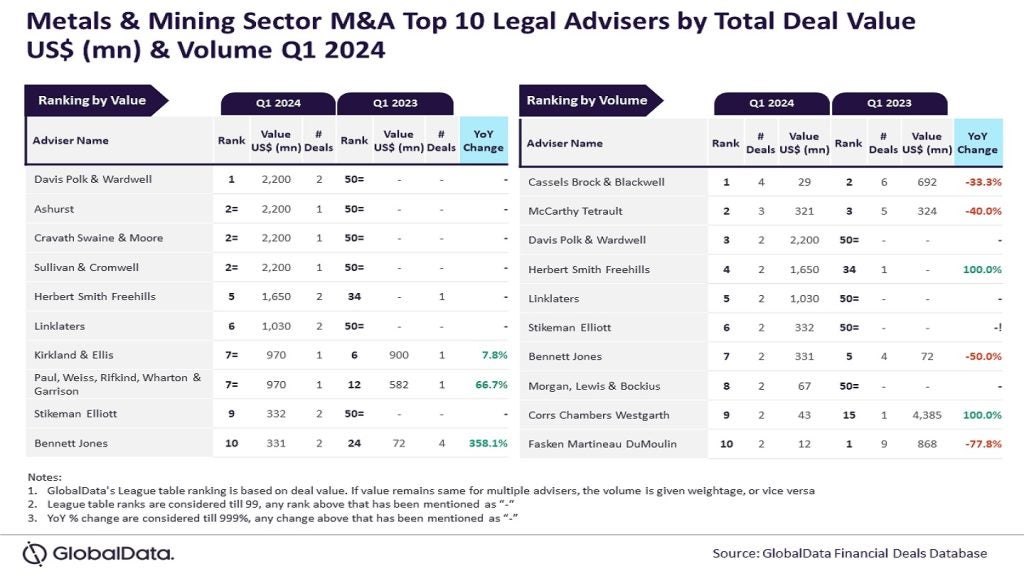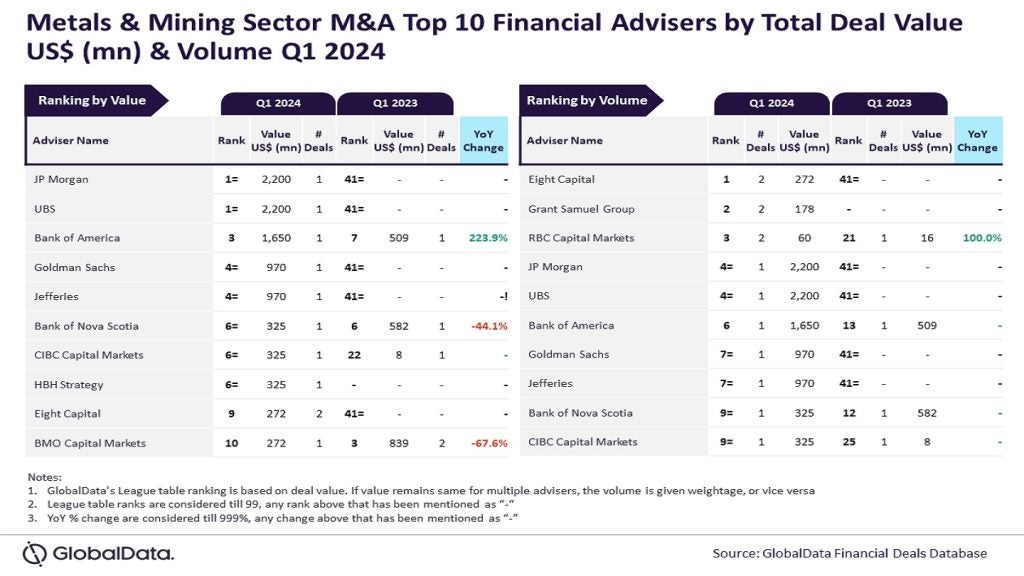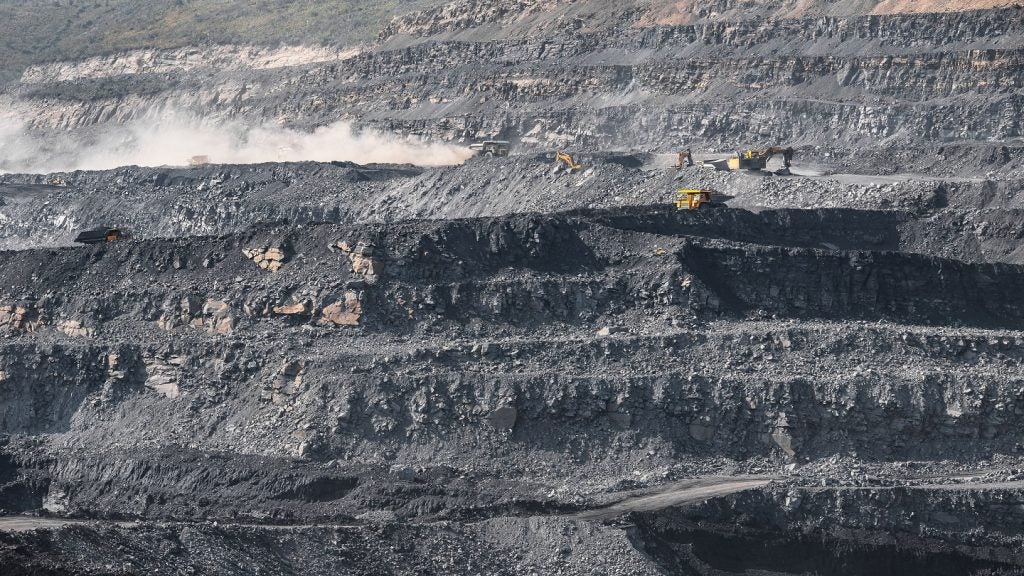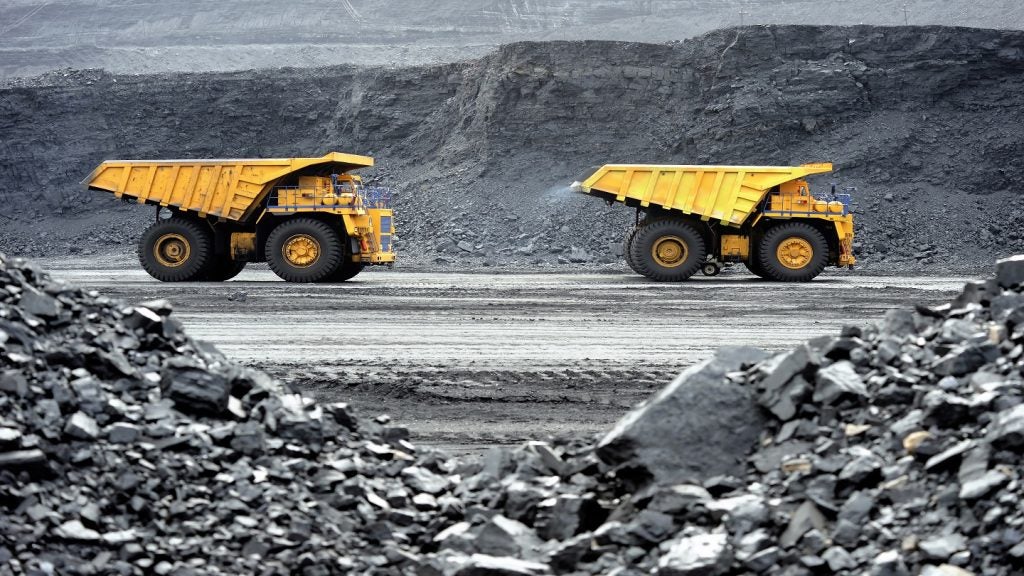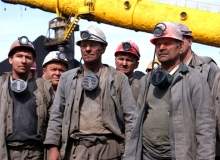

If we look at the global commodities crash as a storm, then it’s the perfect kind – one that large sections of the mining industry are struggling to weather. Softening demand for major commodities in key markets like China and the US has led to severe oversupply – or at least the perception of oversupply – in mining commodities including iron ore, copper and coal.
The plunging price of oil has also contributed to historically low prices for other commodities, with Morgan Stanley analysts recently saying that investor speculation over cheaper energy prices leading to increased mining production has further exacerbated the commodity price decline.
The Bloomberg Commodity Index sunk to its lowest level in 12 years at the beginning of 2015, and although its value has rallied slightly since then, it’s clear that the commodity storm will continue to rage for some time to come, and companies are beginning to batten down the hatches.
"The news everywhere is doom and gloom," said Fat Prophets resource analyst David Lennox at the start of the year. "Prices are going to keep sinking."
See Also:
As prices continue to decline, isolated occurrences of mothballed projects have gradually snowballed into closures on a much wider scale, especially in high-tech, high-cost production hubs like Australia.
How well do you really know your competitors?
Access the most comprehensive Company Profiles on the market, powered by GlobalData. Save hours of research. Gain competitive edge.

Thank you!
Your download email will arrive shortly
Not ready to buy yet? Download a free sample
We are confident about the unique quality of our Company Profiles. However, we want you to make the most beneficial decision for your business, so we offer a free sample that you can download by submitting the below form
By GlobalDataFor instance, iron ore prices – which, on the back of a slight slowing of China’s growth rate, have been sent spiralling from a peak of $187 per metric tonne in February 2011 to around $60 today – drove Australian mid-tier iron ore miner Atlas Iron to announce the suspension of production at its three Western Australia mines in April 2015 as it waited out the worst of the price slump, which at the time was at a low of just $47.
Hope for the best, prepare for the worst
The costs involved in closing a mine, as well as restarting operations if and when market conditions improve, mean that mothballing is usually an act of last resort for a mine owner or operator. But for companies that have kept the worst case scenario in mind even at the outset of production, there are ways to structure contractual obligations to make the process simpler and less costly, as noted in a June 2013 briefing note by law firm Clifford Chance on mine mothballing, in which the running theme is ‘pre-empting the issues’.
Mining mergers and acquisitions (M&A) in Australia hit a ten-year low last year.
The briefing note argues that a mining company’s insistence on early termination rights and other considerations during contact negotiations will prevent further disaster if the worst should happen down the road.
"Well-drafted termination rights will give assurance to the miner that, even in a worst case scenario, the costs of closing the mine have been considered and are appropriately accounted for, and will ensure that terminating the contracts and sub-contracts that regulate the operation of the mine will be a simple and cost-effective process, rather than one riddled with high legal costs and the potential for litigation."
Other important considerations for suspended mines that are intended to be kept dormant on a ‘care and maintenance’ basis include the responsibility to manage the ongoing environmental impact of a mothballed operation, so preparation in advance, potentially in the form of an environmental care and maintenance plan, is key to avoiding unnecessary environmental damage through neglect.
Post-closure environmental issues have dogged the Jericho Diamond Mine site in Nunavut, Canada, which was mothballed in 2012 by its now-defunct owner Shear Diamonds; with its owner apparently insolvent and the site itself in a legal grey area, it’s still unclear who will be taking responsibility for monitoring the environmental effects of the abandoned mine.
The chaos of poor planning
If important arrangements like these aren’t made in the good times, Clifford Chance’s briefing warns, "miners could be forced to mine at a loss for significant periods of time (and possibly for the whole life of mine) if that proves a cheaper option than closing the mine."
The danger of inflexible contracts was highlighted by Anglo American CEO Mark Cutifani in September last year, while discussing the mothballing of the company’s Peace River metallurgical coal mine in British Columbia, Canada. In an interview with the Australian Financial Review, Cutifani noted that many other coal miners were forced to keep loss-making mines open because of ‘take-or-pay’ contracts, which stipulate that miners must commit to paying for a certain amount of rail freight or port capacity years in advance, even if they don’t use it.
"There are those that are losing a lot of money hanging in there because of their take-or-pay contracts," Cutifani said. The problem has also been highlighted by the McCloskey Coal Report, which in 2013 noted that several Australian coal miners "admit they are continuing to produce coal even though they are losing more than $10 a tonne, because it’s more expensive not to produce".
Cost-conscious: the role of mothballing
While the mothballing process is a difficult one for miners and takes a devastating toll on laid-off workers, in the merciless cut and thrust of the commodity cycle these decisions play an important role in the rebalancing and redesigning of supply, both for individual companies and for the industry as a whole.
In many cases, especially for small and mid-sized mining companies, closure of mines is swiftly followed by insolvency for the company. But a well-considered suspension of production can provide enough breathing room to hold position before returning to operations with a better plan backed by more favourable economics, or to shift focus from a more expensive operation to a lower-cost one.
Atlas Iron’s aforementioned suspension of its Western Australia mines in April was thought by some to be the beginning of the end for the company, but little more than a month later it announced the resumption of operations at two of its three mines, Abydos and Wodgina, with the third, Mount Webber, expected to come back online around September. The interval allowed Atlas to renegotiate the deals with its contractors, and, in combination with a higher iron ore price and some funding from the Western Australia government, restart production at a new, reduced breakeven price of $50 a tonne.
How big or small should a company be to succeed in today’s market?
On an industry-wide scale, mothballing plays an important role in the rebalancing of the supply/demand equation, in that global production cuts can help bring supply back in line with demand, raising commodity prices and improving profits for players still left in the game.
Of course, this isn’t an entirely organic process, as large-scale miners, which can generally achieve lower-cost production through technology and economies of scale, can tactically maintain or even expand production to keep the price low, thereby forcing out smaller-scale and less efficient producers. UBS head of investment strategy David Sokulsky noted that the recent deal between China and Brazilian iron ore giant Vale, which will see China help Vale fund a $16.5bn iron ore expansion, will serve a dual purpose for Vale – further driving down its own costs while putting more pressure on the iron ore market’s hangers-on.
Unsurprisingly, these sorts of tactics aren’t popular with the companies they affect. Fortescue Metals, the world’s fourth-largest iron ore producer, might have a breakeven price of $39 a tonne, but its chief executive Nev Power argued in May that large players using their hefty market presence to talk down the iron ore price was bad for the industry and for Western Australia, where the company operates.
"The fall in the iron ore price has impacted every single Australian and it is important we have the debate about what’s right for our industry," Power said. "Travel through the Pilbara and you will see the entire mining services industry is in tatters as a result of the collapse of the iron ore market."



